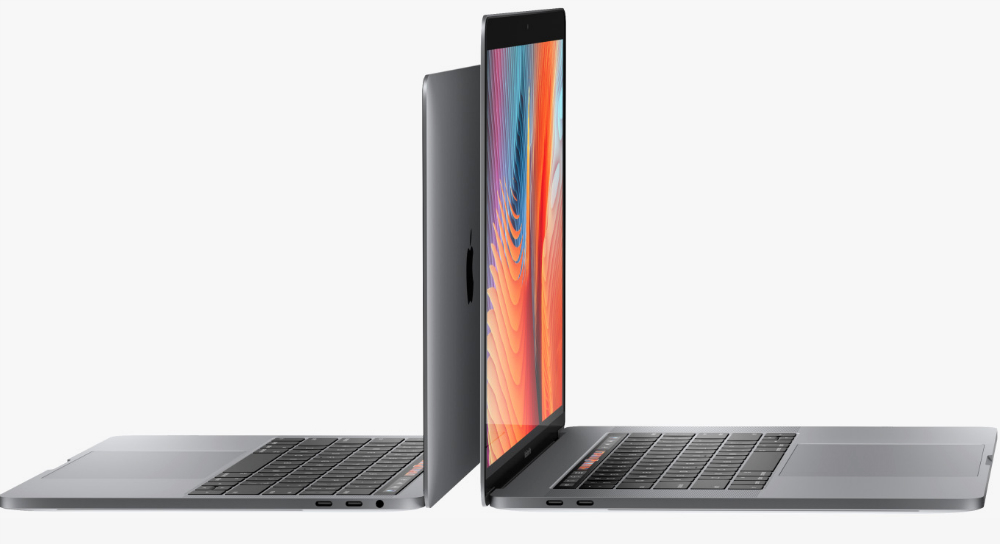Apple is heading towards a bold wireless future where iPhone and Macs share data wirelessly. And their batteries will probably recharge without any wires as well. But the road to that future is paved with adapters and dongles that complicate the entire user experience. Case in point: Out of the box, the iPhone 7 and the brand new MacBook Pro do not work together.
DON’T MISS: The iPhone 7 has an exciting new feature that Apple is keeping secret
To connect the iPhone 7 to the MacBook Pro you need Lightning to USB-C adapter or a new cable. Either one costs extra.
Furthermore, to use the wired iPhone 7 headphones with your brand new Mac, you’ll need to use the Lighting to 3.5mm headphone adapter that comes in the iPhone 7 box. En route to its glorious wireless future, Apple was not able to kill the headphone jack on the MacBook Pro, although this change is likely in the works.
Doing it now would mean coming up with a USB-C to 3.5mm headphone jack connector and a USB-C to Lightning connector, too. That’s to ensure that all types of wired headphones can still work with the MacBook Pro, but this would be hell for the consumer. Imagine having to carry around more than one dongle just for your headphones — forget about the rest of them.
The problem here is the proprietary Lightning port on the iPhone and iPad.
A few years ago, Apple replaced the 30-pin port on the iPhone with something more manageable, the reversible Lightning connector that’s now found on all iPhones and iPad. We love its simplicity, but now it needs to go. USB-C would be so much better for the future. It would let us connect new iPhones to new Macs much more easily, and USB-C headphones would work across devices. Not to mention that a future Apple charger might just be smart enough to charge both iPhones and Macs using the same USB-C port. How cool would that be?
Some may say Apple won’t ditch the Lighting connector. After all, third-party iPhone accessory makers pay royalties to get into the Made for iPhone program. And Apple wants that extra money. Others may say that Apple’s wireless future is almost upon us, and the AirPods are a testament to that. Fast, seamless connections and higher data transfers could one day make it easier to move data from the iPhone to the Mac and vice-versa, in addition to offering a great audio experience. So Apple could stick with Lighting for a few more years, and then remove it when the iPhone doesn’t need wires anymore, because it won’t have any ports.
But until we get there, we’re going to have to buy a lot more dongles and cables than we would like to. That’s one good reason to consider replacing Lightning with a USB-C port that will become ubiquitous in the coming years, especially now that it supports high-end digital audio.
Finally, let’s not forget that Apple is not attached to its own technology. The brand new MacBook Pro just put the final nail in MagSafe’s coffin, an iconic MacBook feature that customers love. That’s a feature we never imagined Apple would kill — maybe Lightning should be next.








